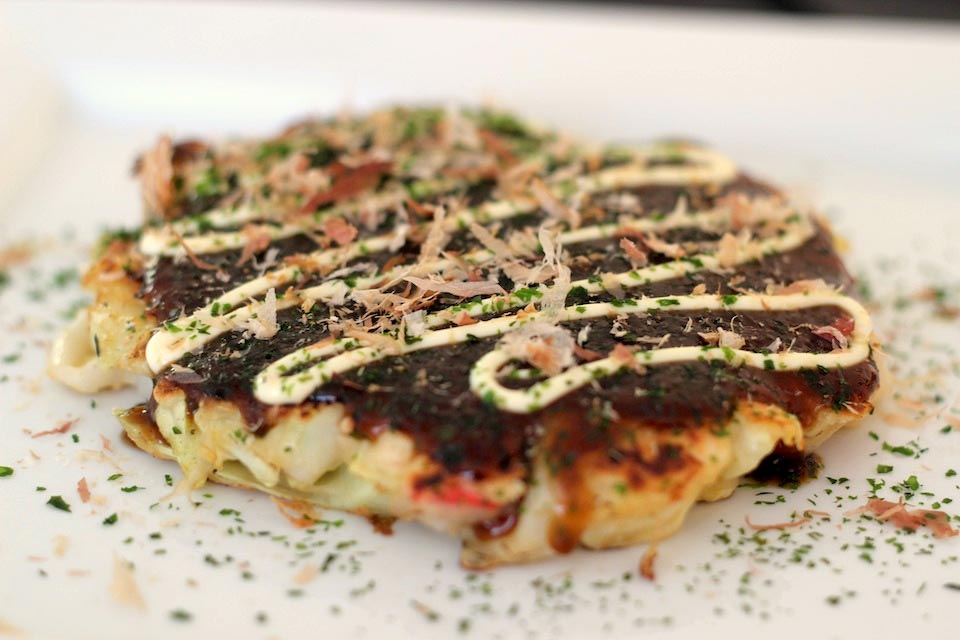Everywhere you go there are many places to eat, from flashy, high end restaurants to small and yummy food stalls on the streets. I would like to show and share with you what I consider to be the top 5 foods that everyone must eat when travelling to Japan.
I hope you gain a better knowledge of what Japan has to offer in terms of excellent foods and the culture.
1. Donburimono
Donburi is a large rice bowl and the “mono” (lit. things) refers to the delicious toppings laid over the bed of rice. There is a large variety of Donburi from comfort food, such as chicken and egg oyako-don, stewed beef and onions gyu-don, and fried pork and egg katsu-don, to the more refined variations like tempuraten-don, marinated eel unagi-don, or even sea urchin una-don.
All of these are a great value, even the more expensive fish dishes, as you can eat out with just one dish. Finding a quality local shop may take a bit of work but it will be worth it. If you are looking to only experiencegyu-don visit the chain shops Yoshinoya or Matsuya. You’ll have to decide for yourself which is better as its one of those questions that divides the nation. If you’re by the sea or a fish market look for the seafood versions as they’ll be the freshest.
2. Okonomiyaki
It’s not really a pancake, or a pizza, definitely not a crepe but it’s certainly delicious. Made with batter, egg, and your choice of vegetables, beef, pork, seafood and even noodles, you have to do the work here. Theingredients usually come out raw and you have to cook them on the large teppan (hotplate) that you sit around. There’s a variety of ways to make it depending if you are in Tokyo, Osaka or Hiroshima (my favorite) but the basics are: cook the fillings, pour on the batter and beaten egg, flatten the mixture on the teppan with the metal spatula provided, and flip over after five minutes. Aim for a browned outside keeping the inside soft. Finally, add the sauce with the brush provided and/or mayonnaise, and sprinkle on the fish flakes
3. Yakitori
Literally grilled chicken, there is so much more to these skewers that can contain the full range of chicken bits, meat, liver, heart, cartilage and skin. Prices are usually by the skewer, even if more than one arrives, so be careful. They are cooked to order over charcoal and come with either sauce (tare) or salt (shio) seasoning. Nothing goes better with it than a large cold beer and good company. Yakotori can be found everywhere, from specialized restaurants to street stalls. In either case pull a seat up to the bar and be prepared for your orders to be yelled around the room, repeated by everyone from the server to the cook.
4. Ramen
These long Chinese noodles have become the staple of the Japanese fast food industry. Pop in for a quick and inexpensive bite during lunch or after a long night drinking on the town. Ramen shops are on just about every corner in Japan and you’ll be able to find one easily. More difficult will be trying to decide what type you want, from curry to miso to chicken broth, topped with marinated pork to an extra helping of spring onions. Honestly, you can’t go wrong with any choice, it’s all delicious. Add in a plate of gyoza, Japanese fried pot stickers, and you have one great meal.
5. Izakaya
This is the ultimate Japanese communal eating experience that can only be described as Japanese tapas. They are a great way to experience a wide variety of Japanese food, and drink copious amounts of beer, sake or chu-hai (shochu with flavored carbonated water. I like ume-chuhai, plum flavored. Yum!
These are friendly places that are like the local pub on the corner. Japanese come after work to share food, stories, and bond with each other. The portions are usually small and the variety of foods can be staggering, as will be your bill if you try to have a proper meal. Use your time in an Izakaya to sample different dishes, get to know those you are with, or even sitting next to, and then decide on a cheaper option for the next stop in the night.
So there you have it, I hope you've enjoyed this post and until next time for more insight on Japanese culture and cuisine :)
Source: Lonely Planet
Source: Lonely Planet





No comments:
Post a Comment